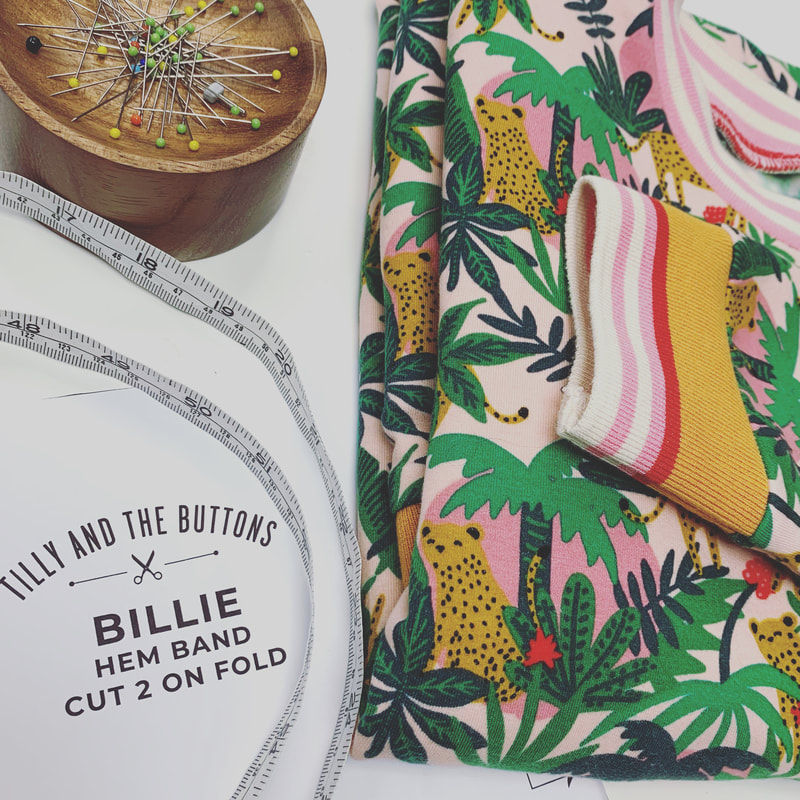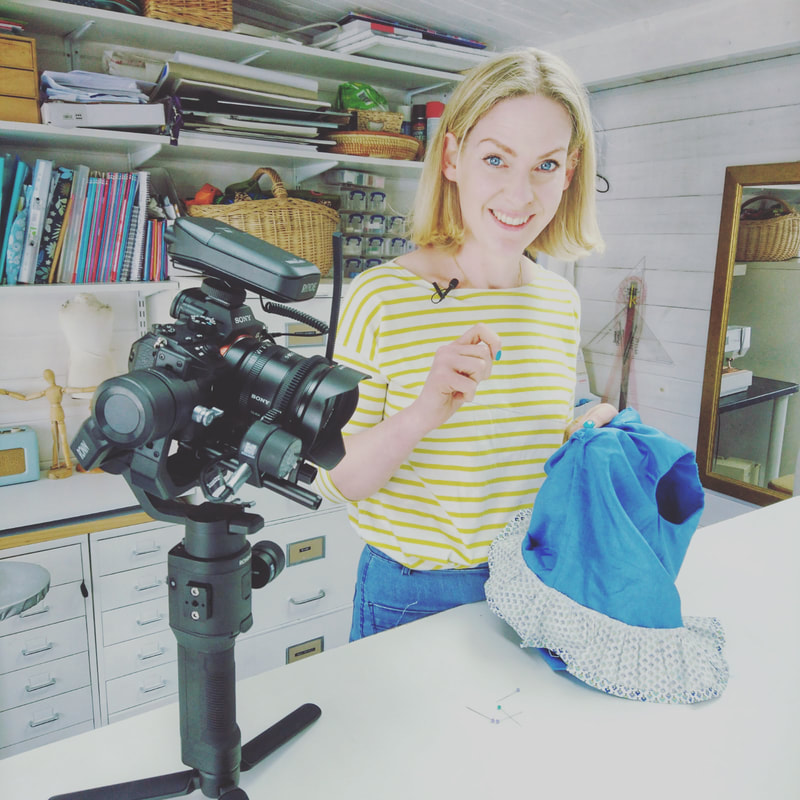|
For anyone who wishes to create their own clothing, learning how to measure your body for sewing patterns is an essential skill. Making your own clothes is an incredibly satisfying and rewarding way of expanding your wardrobe. It can also serve as a fantastic way of doing your bit to reduce the environmental impact fast fashion has on the planet - especially if you source fabrics sustainably by thrifting or upcycling. Slow Sew with STITCH SewcialIf you are a keen garment maker or want to improve your me-made, over on our brilliant StitchSewcial Facebook page, we host optional monthly challenges to encourage creativity among our members. Many people use their body measurements to hack and alter patterns and a recent challenge focused on ‘reinvention’ encouraging our sewists to create something completely new out of unused duvet covers. We had some absolutely brilliant creations shared on the page, from delicate summer dresses and floaty harem trousers, to the ever practical cotton dungarees and storage baskets. If you are interested in taking part in our monthly #GetSetSew challenges, head to our Facebook page and introduce yourself. Why taking accurate measurements is so important
What equipment do you need to measure yourself for sewing patterns?In order to accurately measure yourself for clothing, all you need is a tape measure and something with which to write your measurements down. If you’ve seen my Essential Sewing Supplies For Beginners blog post, you’ll know that tape measures are an invaluable tool in the world of sewing, they’re also cheap and hard wearing (although they can stretch over time). It may help you to have another person on standby to write the measurements down for you or help you with accurately placing the tape measure. However, it’s possible to do it yourself by using a full length mirror to check you’re measuring the fullest part of your body. Tips and tricks to guarantee an accurate body measurement.Before you get started, have a quick read of these tips to make sure the process is as easy as possible.
How to measure your body for sewing patternsThere are three basic measurements that most garments will require: bust, waist, and hips. There are also quite a few additional measurements that you may wish to take to either ensure a better fit or create a specific garment. Remember that when measuring yourself for sewing patterns, you need to breathe normally and stand up straight. Bust: Wrap the tape measure around the fullest part of your bust and measure the total circumference. Ensure the tape measure stays flat and horizontal all the way around your body - using a mirror is helpful. Waist:Your waist is the smallest part of your torso, where the body bends. Wrap the tape measure around yourself and have a little wiggle from side to side, this will help you find the ideal spot. Once again check that the tape measure stays flat and horizontal the entire way around your body. Hips:Hip measurements are not necessarily taken where you’d think they ought to be. Most people assume that to measure this area you must measure where the bones of your hips are. However, this is often not the case. You need to measure the widest part of the area, and that often means measuring around your bottom. It helps to stand sideways in front of a mirror to make sure you’re measuring the widest part. Additional body measurements you may wish to recordSome types of clothing require additional measurements, such as trousers and formal shirts. Use the following guide to ensure you get accurate measurements - remember to breathe normally and keep the tape measure flat against your skin.
There is a FREE PDF download for you available on the Resources page which you can use to help you with your measuring... It's available for both male and female bodies. What to do next?Now you’ve got to grips with measuring your body for sewing patterns, it’s time to start sewing! Some of my recent garment makes include the wonderful Tessuti Isla Top and the Sapporo Coat by Papercut Patterns. Start To Stitch FreebiesIf you’re not quite ready to make your own clothes, I offer several free beginner patterns on our website that are perfect for beginner sewists to get stuck into and hone their skills. You can choose between our Start To Stitch Bunting, Start To Stitch Free Twist Headband, or the ever practical Start To Stitch free Face Covering pattern. I would also invite you to head over to Facebook and join our thriving Stitch Sewcial group as mentioned above, where I post monthly challenges, as well as share great tips, tricks, pattern suggestions, and advice. Don't forget to check out our resource library too! Start to Stitch Courses
1 Comment
Keadisha
29/5/2023 03:28:11 am
How can I get pants n dress pattern pdf
Reply
Leave a Reply. |
AuthorSewing. pattern cutting, teaching, tea and Jelly Babies! Categories
All
Archives
December 2023
|



 RSS Feed
RSS Feed